
Each Icon below will take you to a page for the Respective ACLS EKG. These pages cover all of the cardiac arrhythmias that you will experience in the ACLS provider course. Rhythms from Ventricular Fibrillation to Complete Heart Block are covered. Examples of each ECG tracing are provided, and after each article is a short video that simulates the ACLS ECG on a defibrillator monitor.
You will also find a question and answer section below each rhythm video. This area covers the most common questions asked about each rhythm. Feel free to leave a comment or question as you review the content.
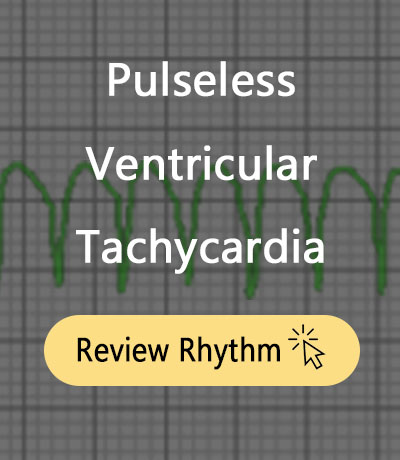
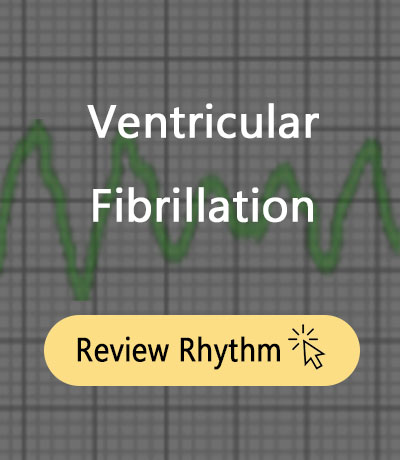
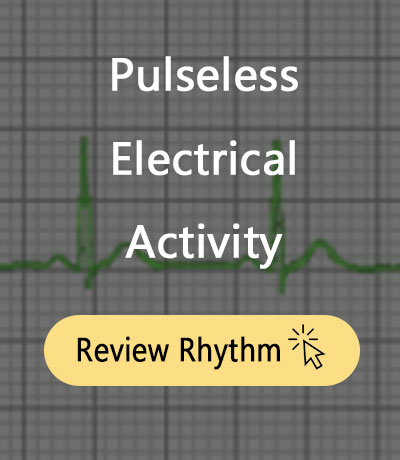
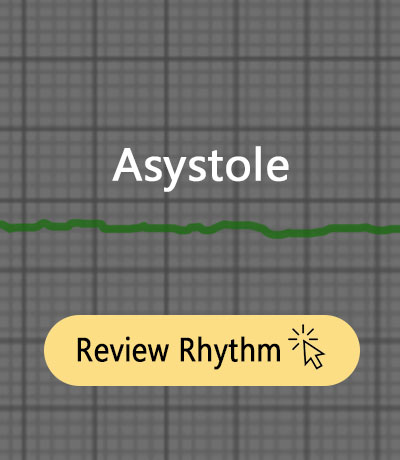
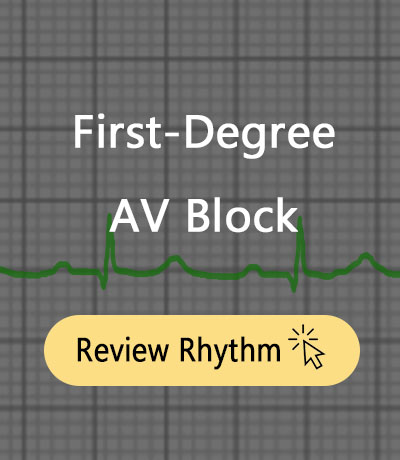
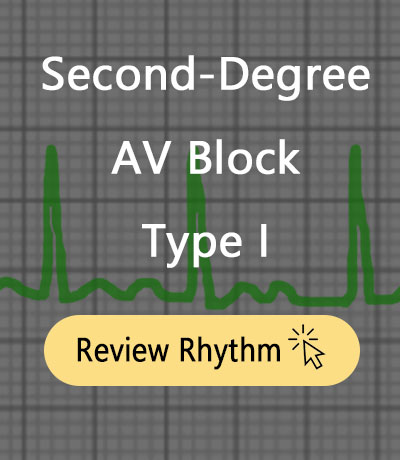

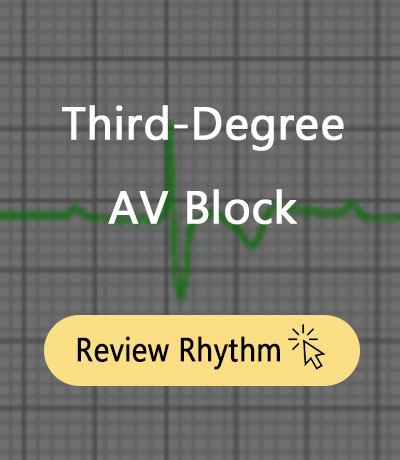
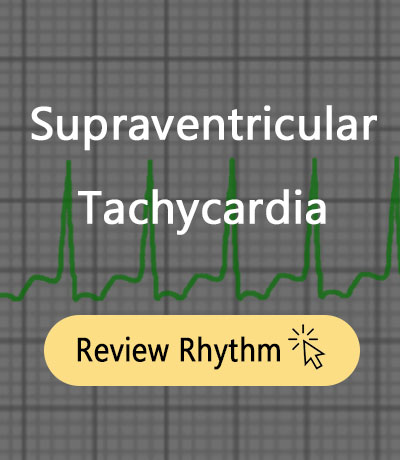
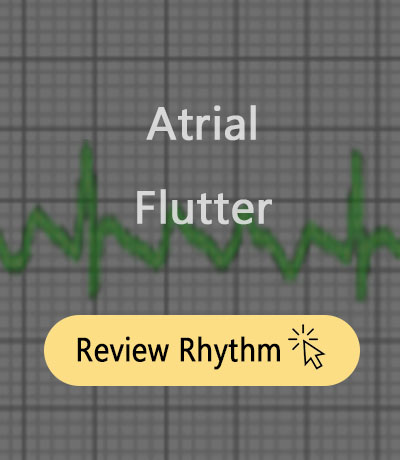

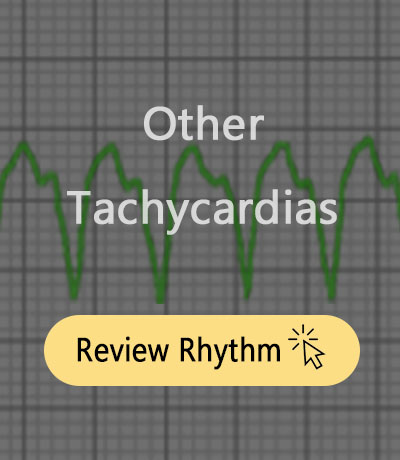
kathytsiamis says
All of the blocks are under the heading bradyarrhythmias. Why is that? Kat
Jeff with admin. says
The term “bradyarrhythmia” simply means any rhythm disorder with a heart rate of <60/min. See pg. 107 of the AHA ACLS manual.
Kind regards,
Jeff
Paul Catum says
Thanks for all of the resources on your site.
Cheers,
Paul
King says
Thank you for this ACLS program, it took the stress out of ACLS. I did very well with my recertification. The review was great and easy to follow, better then any book review and much easier to understand. Thank You!!!!
Cassie Henderson says
Wow! Wish I had discovered this site sooner! I take ACLS in the morning……will definitely share this with all my fellow test takers!
Rita says
I have recertified for ACLS several times, but never use it because I’m in a day surgery==hope to never need it! The tachycardia algorithm has always been difficult for me because I was confused that there can be symptoms yet a patient is considered to be “stable.” Your explanation of “unstable” to mean that perfusion and circulation are affected made the light bulb go on! Thanks!
PAH says
I just tesedt for ACLS for the fist time and failed the written part by 1 question. I now have to re test with test be. I was told this test was much harder. How should I study for this test when I feel I am all studied out?
Jeff with admin. says
I understand your frustration. Will you have to redo the megacode as well or just the written exam?
If you are just doing the written exam, I would recommend going through all of the practice tests on the site. Look at the rationale if you need to understand something better.
If you have to retake the megacode as well, I would recommend also going through the “simulator” and then through the “megacode videos”
I have included a link to a checklist for the website so that you can mark off the things that you complete. Print out this PDF and use it to help you go through the site.
ACLS Algorithms Checklist
karen says
I recently took my ACLS certification test. I felt very prepared for this and did well on the written
part of the test. However, the algorithms they listed had many junctional listed that were not included in your review, I did poorly on this part of their test. Please include these in your practice algorithms for the sake of future test takers.
Jeff with admin. says
Junctional rhythms are beyond the scope of ACLS and should not have been included. If you look at the AHA Provider manual, you will not find any reference to junctional rhythms. This is why I do not include them in the site.
Who did you certify with? Probably an EMS of some sort. Many times it seems that EMS expects too much from basic ACLS providers. They should not include anything that falls outside of the content of the AHA ACLS provider manual.
I have had a few complaints from others about this problem as well.
Kind regards, Jeff
michelle says
When the heart muscle is ischemic, why does that effect the electrical activity? Why would that show up on the EKG? Is the electrical conduction dependent on oxygen? or is it the electrolytes from the blood alone that, when deprived, the electricity is compromised?
Thanks.
Jeff with admin. says
Cardiac muscle is adapted to be highly resistant to fatigue. During heart muscle contraction, there is a chemical reaction that occurs across the plasma membrane. The entire process of muscle contraction utilizes aerobic metabolism for the production of energy. The heart is so tuned to aerobic metabolism that it is unable to pump sufficiently in ischemic conditions. Under severe hypoxic conditions aerobic metabolism is not possible. In this state, the cardiac cells are insufficient to produce the amounts of energy needed to sustain ventricular contraction.
Hope this helps. Kind regards, Jeff
melody says
Just wanted to make sure I’m going about this correctly. This will be my 1st time studying for ACLS and I’m to go through each section in the knowledge base and I can go back as many times as I want before I go to the quizzes/senarios then the videos. Is that the correct way to approach. Thanks
Jeff with admin. says
Yes, this is a very good approach for using the site.
Regards, Jeff
German Cortazar says
I have a question… I fail the strip test because they gave me some rhythms that I had not seen before… multifocal and coppler PVCs, PAC, idioventricular, etc. how come in most of the study these dont appaer????
Jeff with admin. says
Unless this was an advance provider course, you should not have been tested on the rhythms that you mentioned.
The exception is that if your hospital or EMS had something extra that they require for their hospital, but these should not have determined a pass or fail for AHA ACLS.
Kind regards,
Jeff
Kent Kent says
I like what is presented here.
Randi says
I have a silly question and I think I am missing something really obvious. When reading a strip, how can you tell the difference between a P wave and a T wave? Sinus rhythm is a no brainer but what about when the rhythm is all over the place and there may be only one wave between each QRS. How do you determine is that one wave is a P or a T?
Chris with admin. says
P waves are always more discrete (small) and typically have a fairly similar slope on both the right and left sides. T waves almost always have a more gradual slope on the left side just after the QRS, while right side is usually more steep. There are some electrolyte disturbances that can disturbed this normal appearance but in general the t wave will be much larger and gradually sloping than the p wave.
Kind regards, Chris
megan12 says
this is a question I have wondered as well – thanks for clearing it up – and using this website is helping me FAR more than the ACLS manual ever has!
rsbdlps says
Jeff, you explanations to comments are always appropriate, thorough, understandable and actually answer the questions asked. Thanks.
bethdubois says
How much time do people usually need to study on this site if it is their first time doing ACLS and they do not have previous ER or critical care experience?
Thanks,
Beth
Jeff with admin. says
Hi Beth,
Thanks for the question. You asked:
“How much time do people usually need to study on this site if it is their first time doing ACLS and they do not have previous ER or critical care experience?”
Answer:
Given the your experience, I would give yourself 1 hour per night for 8-10 nights. Read through the knowledge base thoroughly. As you read through the knowledge base you can take the practice tests to test your knowledge. Use the “rationale” on each practice test if you do not understand something. There are page references to the AHA ACLS manual for each of these rationale. (if you have the AHA ACLS manual)
After you go through the practice tests, go the the “Megacode Simulator.” Go through all 15 multiple choice scenarios. After this, go to the “Megacode Series Videos. Go through all 7 of them.
Finish by reviewing the ACLS Algorithm Review Videos. If you do this, you will do great and you will be very ready for any code situation. I think you would feel comfortable running the code.
Kind Regards,
Jeff
http://www.acls-algorithms.com
Rustia01 says
Took my acls today and passed.it’s my first time taking it,I don’t work in ER or ICU to give me enough experience but with this site I didn’t have any problem during the test or skills station.this site gave me the knowledge and skills and confidence I need.don’t think I would have passed my acls without this site.I will definitely used and recommend this site.thank you.